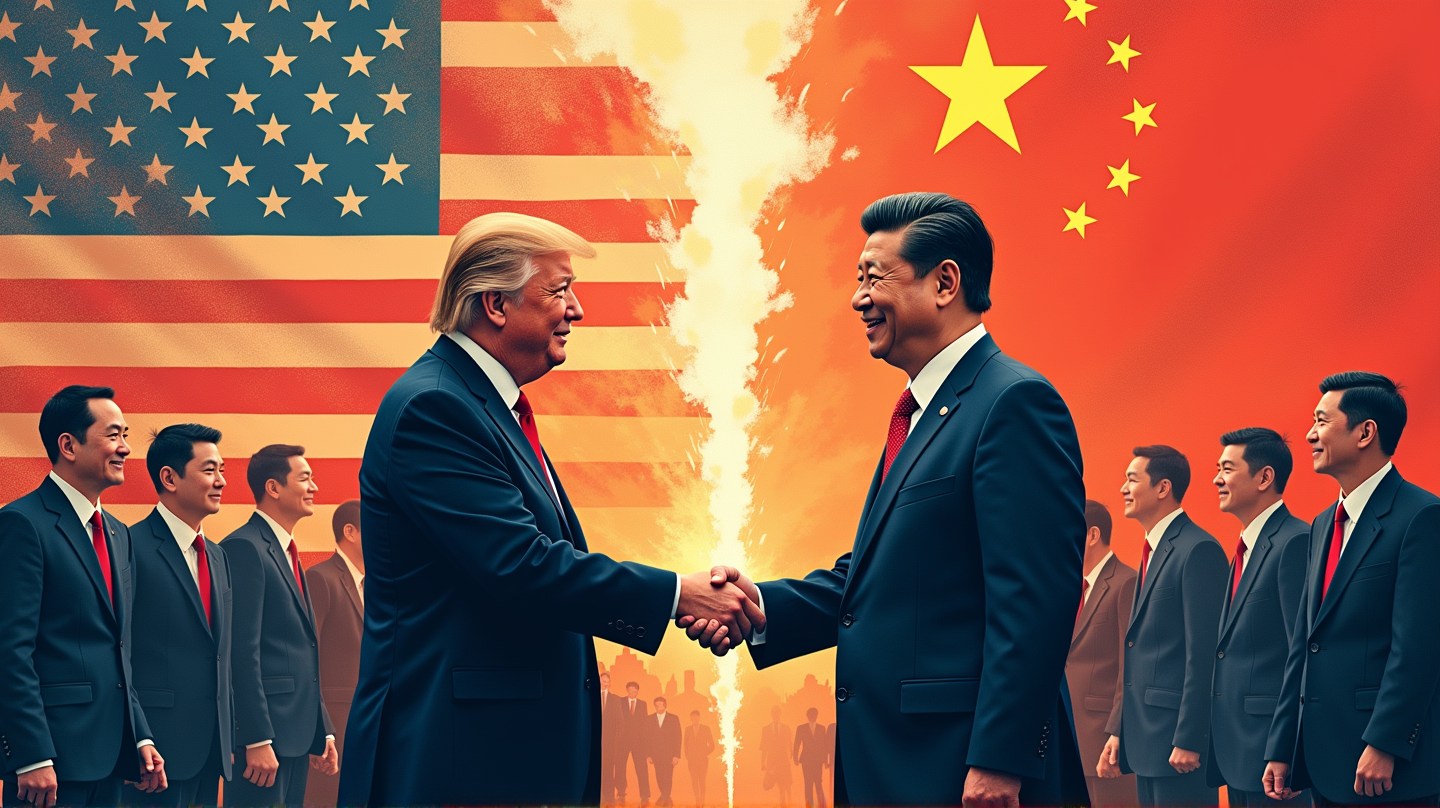In a surprising development, US President Donald Trump and Chinese President Xi Jinping convened in South Korea and emerged with announcements that could reshape US-China trade dynamics. This high-profile meeting, the first since 2019, promises to alleviate some previous tensions and lay down a roadmap for future cooperation.
A Pivotal Moment in South Korea
Donald Trump described the meeting as a “12 out of 10,” and indeed the results reflect groundbreaking decisions. The United States has agreed to slash the “fentanyl tariff” on Chinese imports from 20% to 10%, a move that was met with favorable reactions from businesses affected by the trade disputes. Coinciding with the reduction, China has agreed to purchase massive quantities of American farm goods such as soybeans and sorghum, providing much-needed relief to US farmers, according to statements made by Trump.
Resolving the Rare Earths Roadblock
Rare earths, crucial to advanced manufacturing and technology, have been a contentious point in global trade. For years, China’s dominant control over these materials has pressed heavily on industries worldwide. The meeting concluded with China pledging to ease export controls on rare earths, a promise that Trump hailed as the end of the “roadblock,” even as particulars from China remain awaited.
A New Dawn for Tech Interactions
As the tech war simmers, Trump’s announcement that discussions with Nvidia’s CEO would continue highlighted the strategic alignment both powers are aiming to forge in technology sectors. Although specifics on the sale of Nvidia’s prestigious Blackwell chips remain vague, the dialogue signals an intent to bridge some divides in this critical economic area.
Agricultural Optimism and Trade Eases
The agricultural sector stands poised to benefit most directly from the renewed trade spirit. Trump’s declaration that China will buy immense volumes of American farm products, coupled with reduced tariffs, signals a potential boost that can alleviate previous losses endured by US farmers. This symbiotic trade can afford both countries a path to rekindle a more balanced economic exchange.
What Lies Ahead
While the talks concluded without formal agreements, the consensus on significant trade matters indicates progress. Trump’s announcement of his planned visits to China in April suggests a continued engagement that could further these initial gains. As stated in BBC, the real test will be in implementing these tentative agreements, with both nations needing to support the transition diplomatically and economically.
In conclusion, the groundwork laid by Trump and Xi could mark a turning point, fostering cooperation that transcends past conflicts to build a mutually beneficial future. Stakeholders across industries are watching closely as these promises translate into real-world outcomes.
